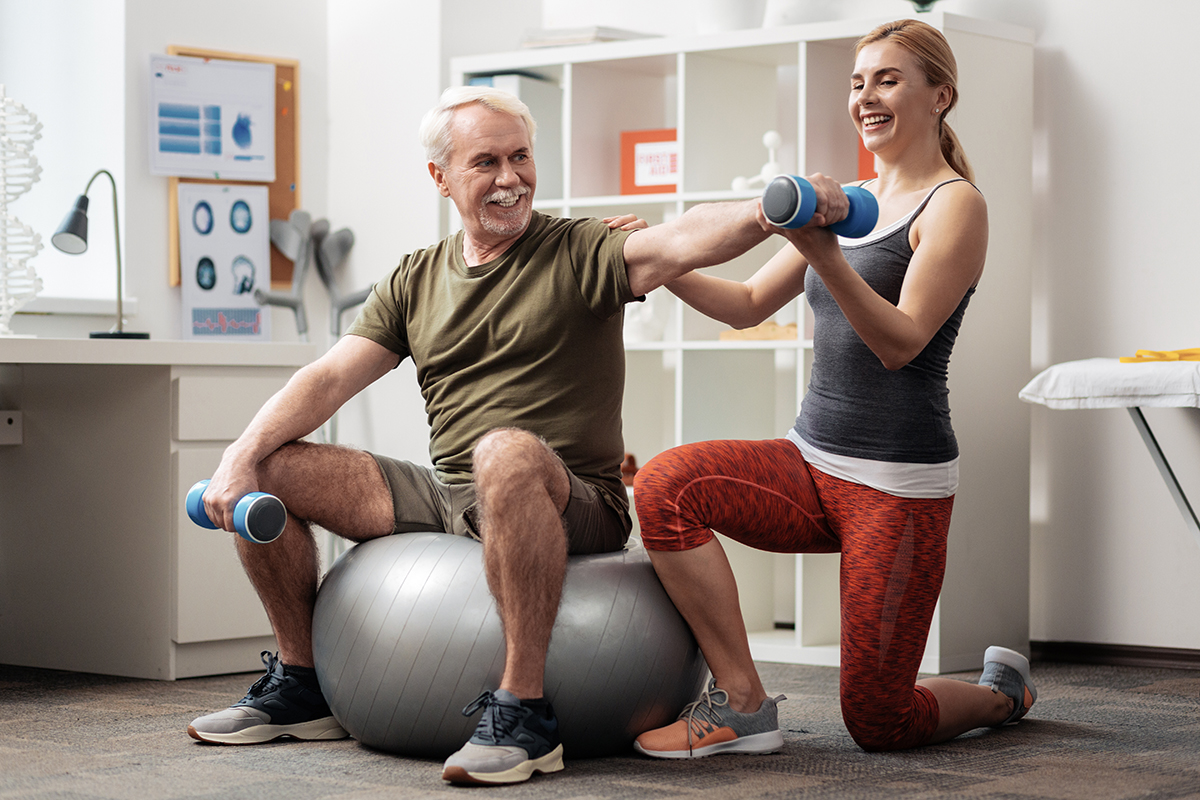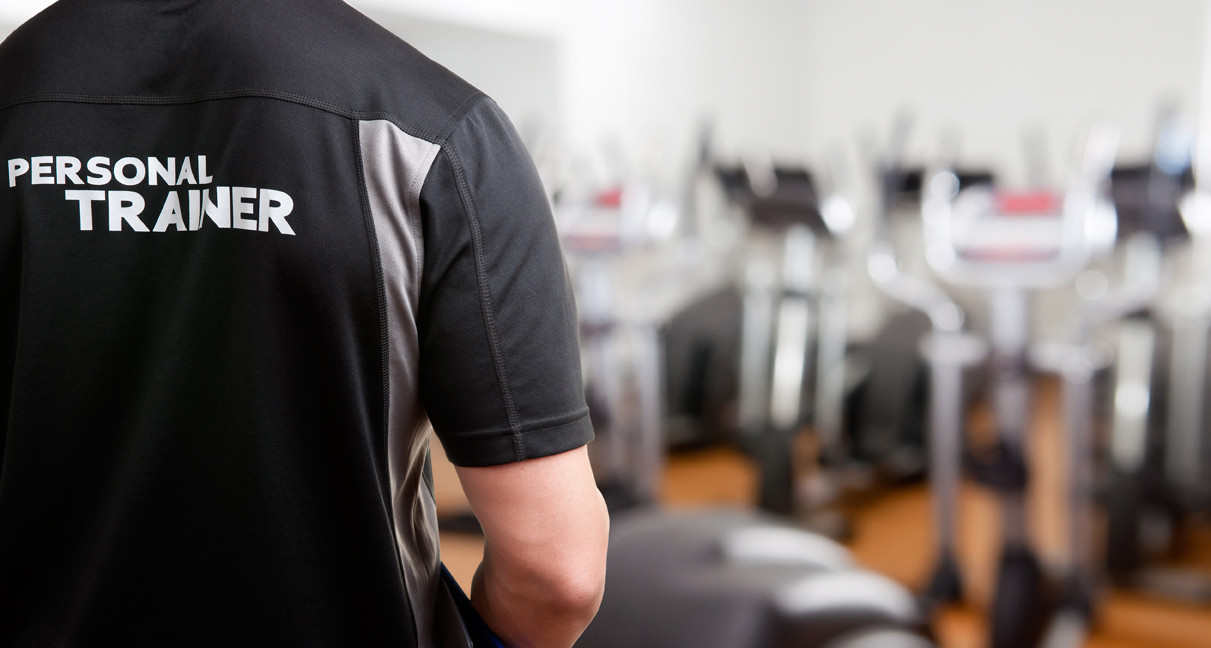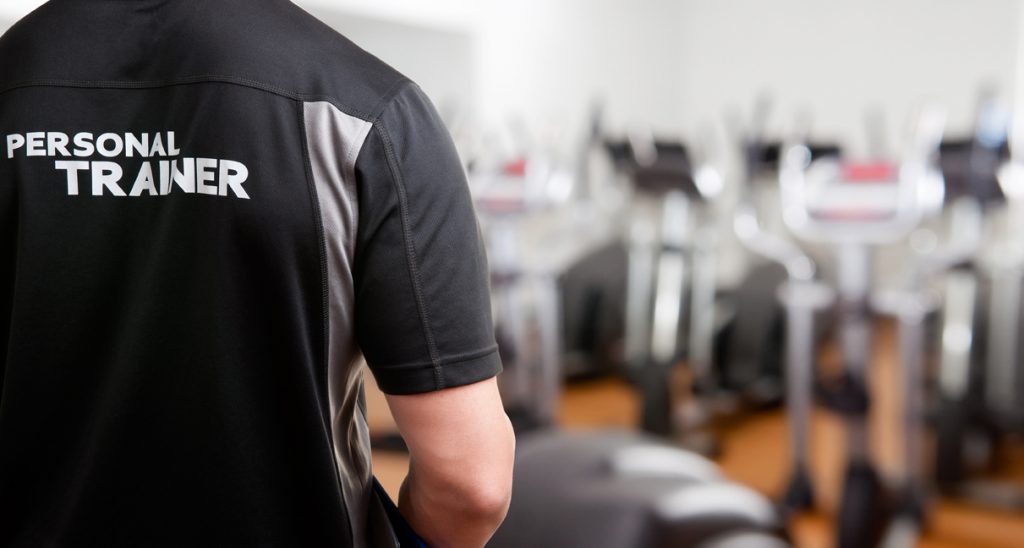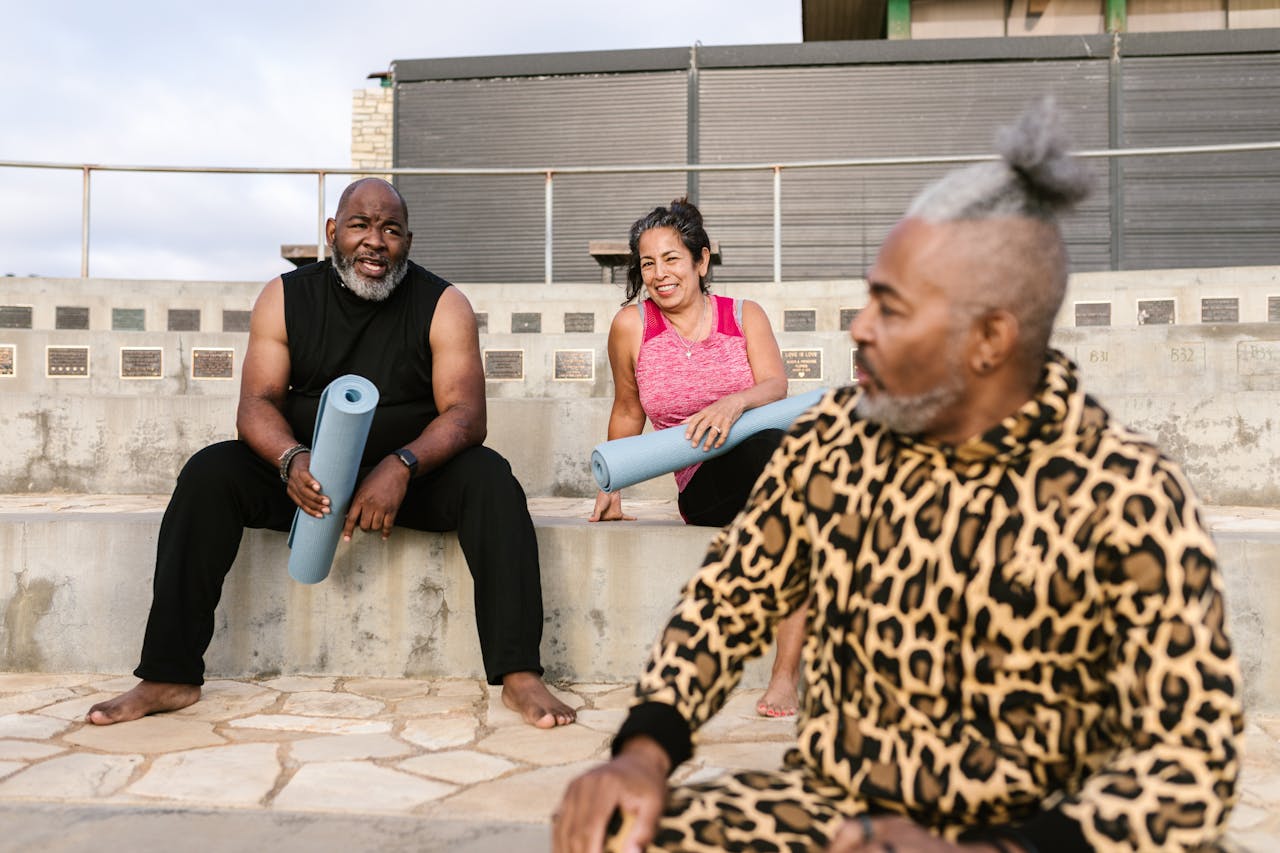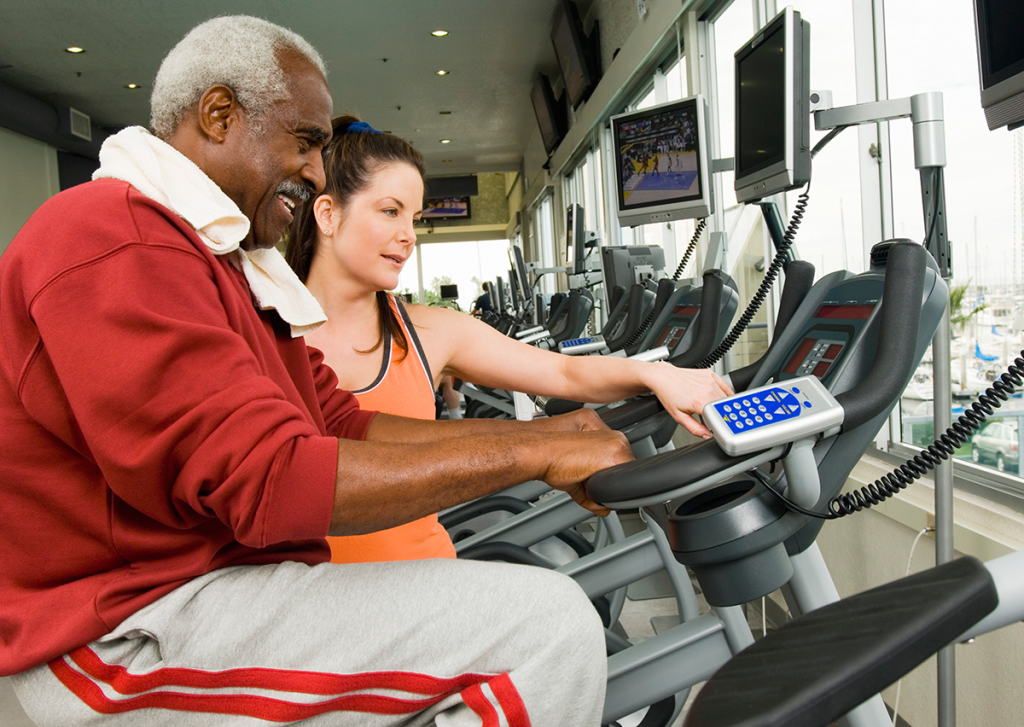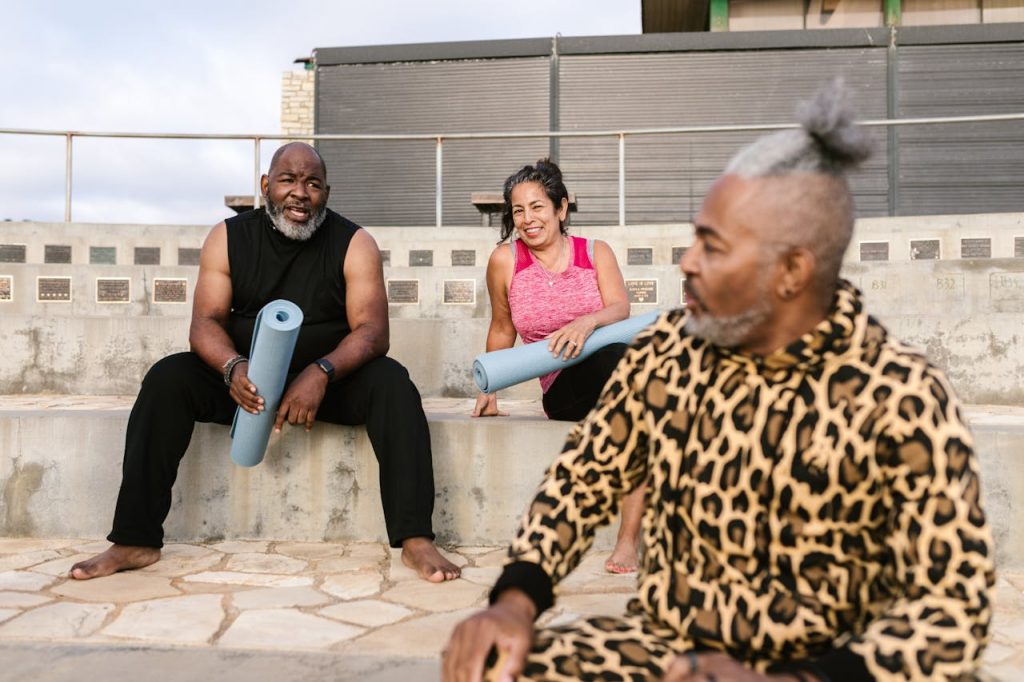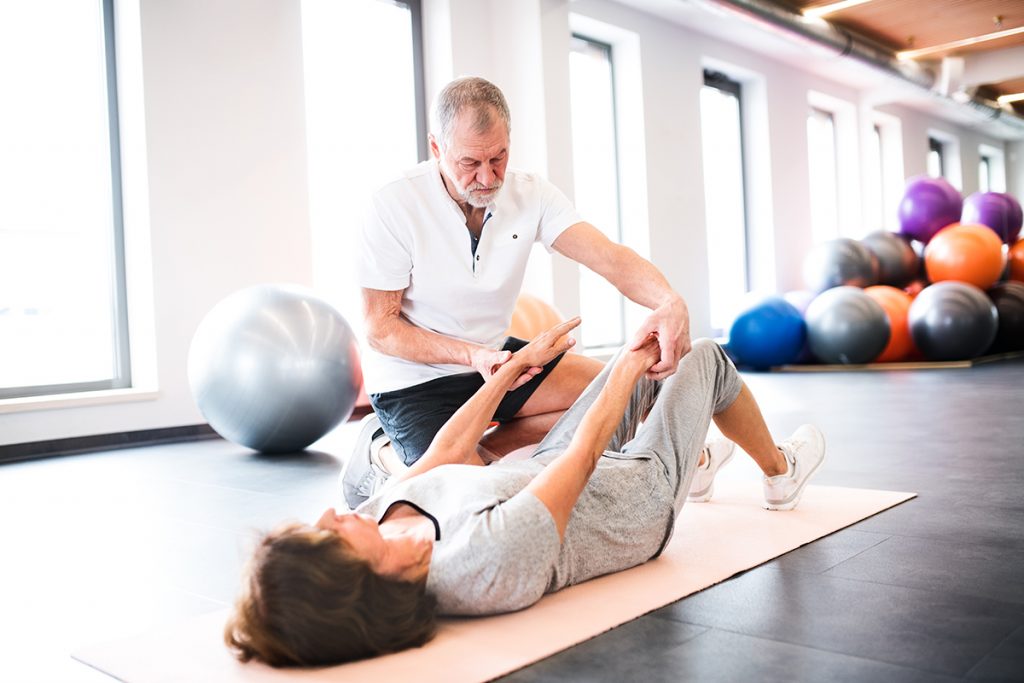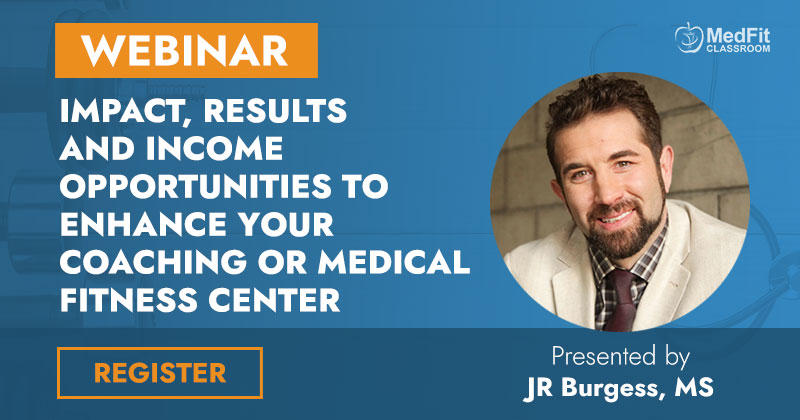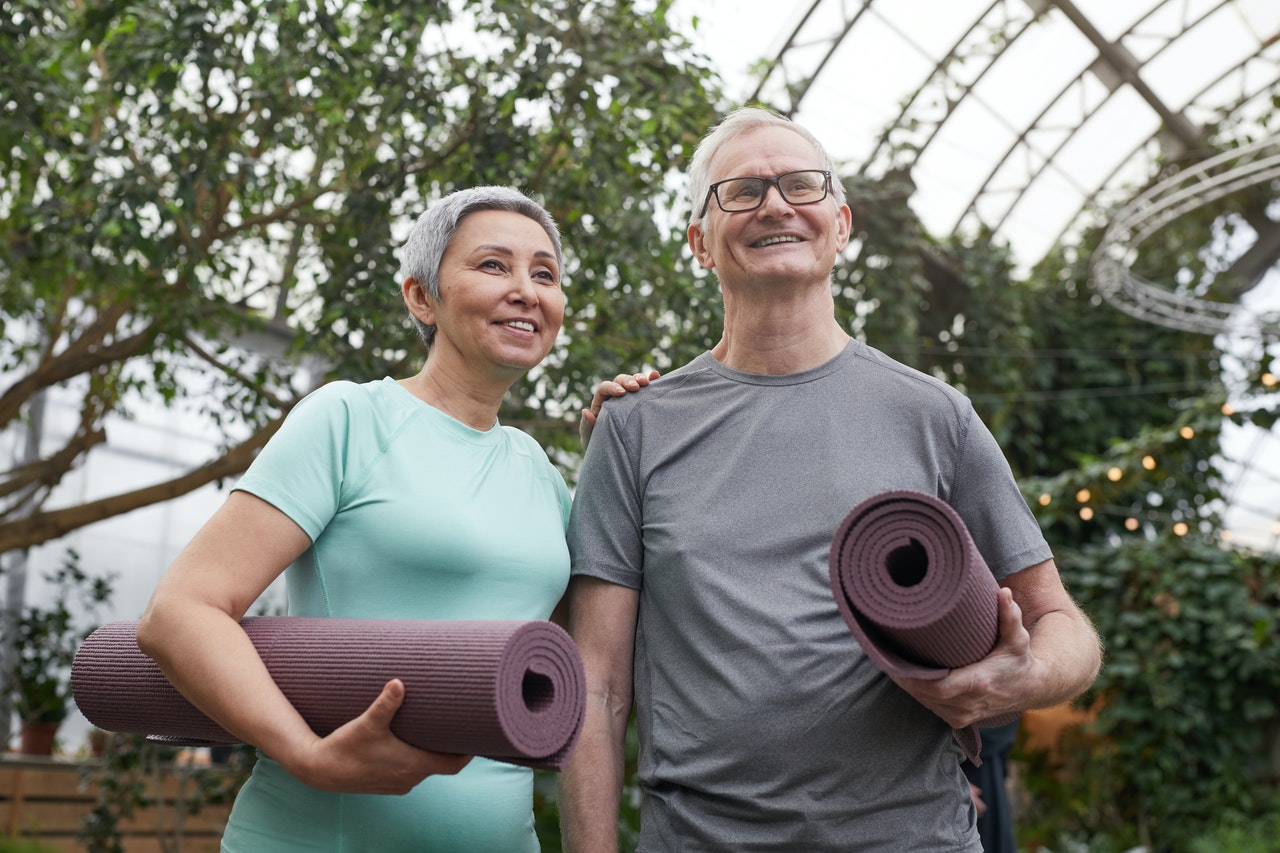Understanding the Value of Medical Fitness
Medical fitness is a specialized niche that focuses on integrating exercise and rehabilitation within clinical care, targeting individuals with chronic conditions or those recovering from injuries. Personal trainers can significantly advance their careers by gaining expertise in medical fitness, enabling them to design tailored exercise programs that meet the unique needs of their clients. This knowledge not only enhances their credibility but also facilitates collaboration with healthcare professionals, improving communication around client fitness requirements. As the demand for personalized fitness solutions grows, trainers with medical fitness qualifications can attract a broader clientele, positioning themselves for career growth and advancement in a competitive market.
Lisa Dougherty, founder of the MedFit Network, discusses the importance of medical fitness for personal trainers on the KIPS Podcast. A former securities professional, she launched MFN in 2013, serving as a membership group and online directory for fitness and healthcare providers focused on prevention and rehabilitation for those with chronic conditions.
What is medical fitness?
Medical fitness refers to a specialized branch of fitness that emphasizes the integration of exercise, health, and rehabilitation in the context of medical and clinical care. It is designed to help individuals manage chronic conditions, recover from injuries, and enhance their overall well-being through personalized exercise programs. For personal trainers, understanding medical fitness is crucial, as it allows them to collaborate more effectively with healthcare professionals, such as physicians and physical therapists, to create safe and effective fitness plans for clients with specific health needs (Woods et al., 2020). By focusing on medical fitness, trainers can differentiate themselves in a competitive industry, broaden their skill sets, and address the diverse needs of clients, ultimately leading to enhanced client outcomes and satisfaction. Embracing this field not only fulfills a moral obligation to protect client health but also opens new opportunities for career advancement within niche markets (American Council on Exercise, 2021).

